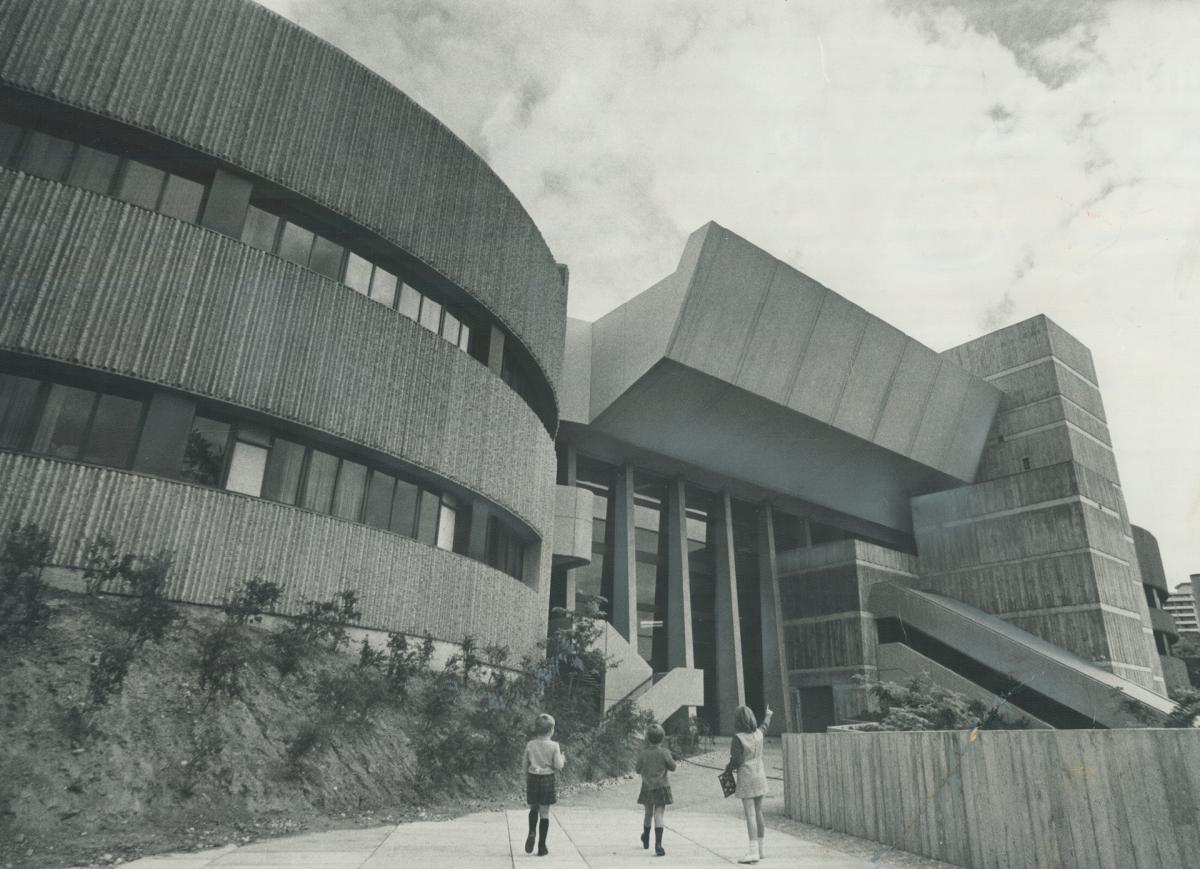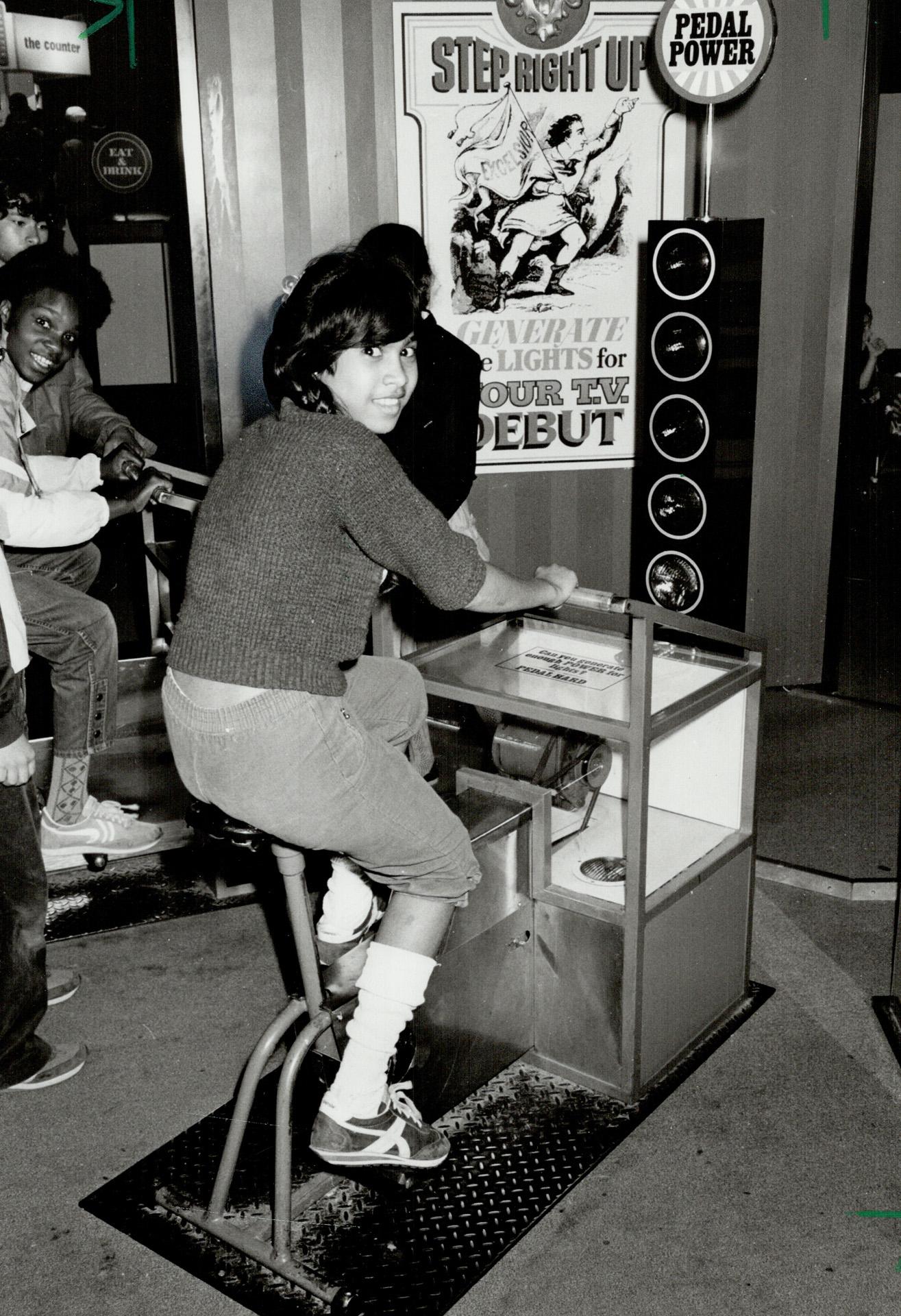Swan songs
On Taizo Miake and designing the Ontario Science Centre.

I've been thinking about this piece by freelance journalist Edward Brown, which focuses on museum designer Taizo Miake’s overlooked role in the creation of the Ontario Science Centre. There's a lot of historical context here, but I’m struck by one biographical detail.
:format(webp)/https://www.thestar.com/content/dam/thestar/news/gta/2023/07/09/he-had-no-science-degree-but-his-ontario-science-centre-exhibits-changed-museums/_1science_centre.jpg)
The son of inter-war Japanese immigrants to the U.S., Miake received degrees in art and anthropology that were funded by the G.I. Bill, the legislation that made it possible for some working-class veterans to participate in higher education.
This explains a lot about his design approach, which was rooted in the belief that “education is a learning, not a teaching process.” As a 2nd-gen Toronto kid who grew up at the Science Centre, this resonates strongly.
In the late 1960s and early 1970s, Toronto was a laboratory for alternative approaches to education, many of which were seeded by ex-pats and émigrés who found the support to implement their ideas here.
The Ontario Institute for Studies in Higher Education played a key role in these experiments, as did some former residents of Rochdale College. In retrospect, it was an incredibly fertile time that most Canadians don’t know much about.
What strikes me is the realization that there would have been no Taizo Miake if it weren’t for the G.I. Bill, and that the absence of people like him in higher education—and museums—has a lot to do with why the Science Centre and Ontario Place are now both slated for demolition.
Miake said of the Centre at the time: “This place belongs to the people, and in this day and age, not very much does. People always feel institutions belong to someone else, to government. Everyone here is smiling.”
We couldn’t be farther away from this place now.


LEFT: Three children look up at the main entrance of the Ontario Science Centre, which looms against a cloud-filled sky. RIGHT: An 11-year old girl looks back at her photographer as she rides a generator bicycle at the Ontario Science Centre. To her left, a Black boy leans into the shot, grinning. Photos via the TPL Digital Archive.

